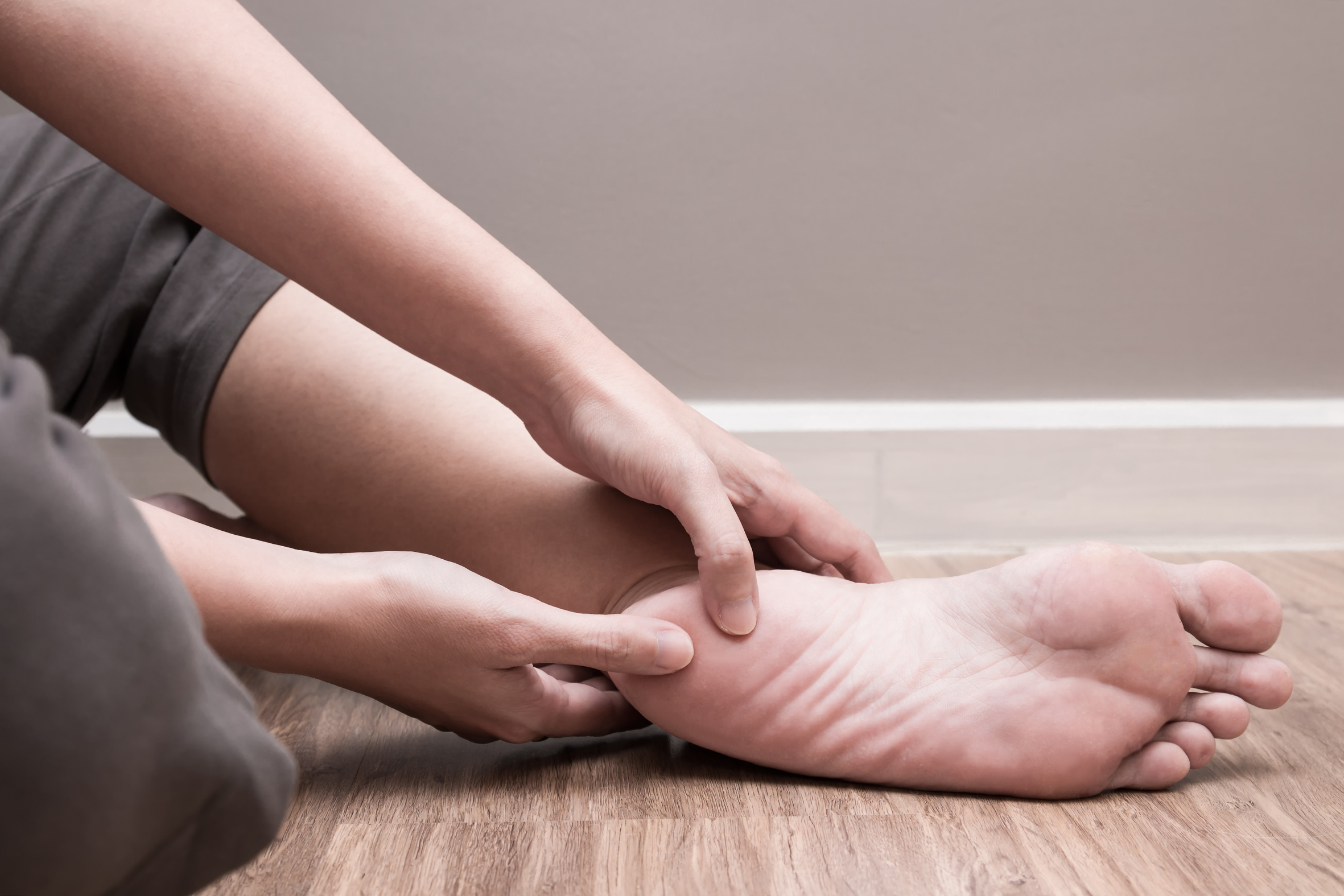Receive quality journalism wherever you are, on any device. Keep up to date from the comfort of your own home with a digital subscription.
Any time | Any place | Anywhere
SUBSCRIBE TO CURRENT EDITION TODAY
and get access to our archive editions dating back to 2007(CLICK ON THE TITLE BELOW TO SUBSCRIBE)







